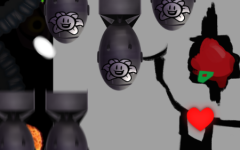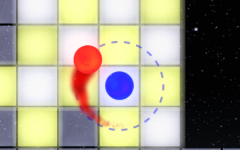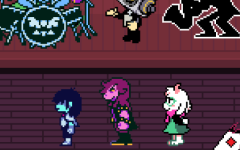Advertisement
The end of an Obsession
Advertisement

You open your eyes to dim candlelight and unfamiliar surroundings. A heavy silence hangs in the air, broken only by the faint crackle of wax melting down the walls. Your body feels distant, like it hasn’t moved in hours, maybe days. There’s a woman in the room, watching you. Her dress is layered in flowers, her face unreadable. She speaks to you as if she’s known you forever, but nothing about her seems familiar. You search your mind for facts, names, memories — but they’ve all slipped away. You’re a blank page in a book already halfway written.
Illusion of Affection
She asks you questions, but only certain answers are accepted. No matter what you choose, her tone shifts only slightly — enough to remind you that control does not belong to you. The game’s branching dialogue becomes a loop, not a tree. You can reject her, but the response remains the same. The setting around you changes so little that it becomes harder to tell when something truly shifts. Every option you’re given is dressed in soft language and flowers, but none of it feels safe. The repetition begins to weigh on you, not because of boredom, but because of its precision.
A Story That Turns Inward
The End of an Obsession doesn’t rely on sudden shocks. Instead, it lingers, using quiet control and suggestion to build tension. You are not meant to escape easily — not the room, and not the story. The visual design is rich with detail, but it’s the writing that tightens the space around you. As you move toward the end, you begin to question the narrator or the woman, and yourself. The more you try to push back, the more the narrative closes in. This is a story that doesn’t wait to be understood — it simply expects you to stay.






















































































































































